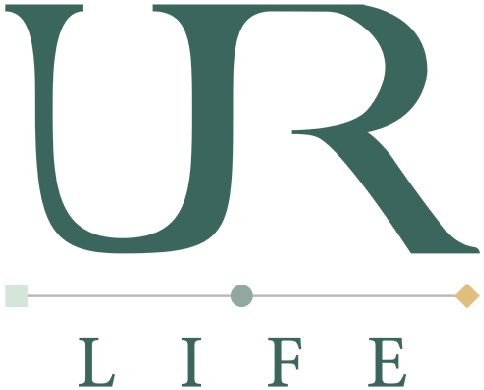
Never Define Fitness by its Scale

Pretend for a minute that everything is weightless. You don’t know how much you weigh because scales have never been invented. How would you define your state of health?
To be considered “fit,” you have to meet minimum standards in 5 different areas, known as the Components of Fitness. Body Composition is one of them (in addition to flexibility, muscular strength, muscular endurance, and aerobic fitness). Body composition itself deals with four areas: weight, fat mass, lean mass and fat distribution.
But weight alone doesn’t tell you the whole truth about your progress or fitness level. For example, it doesn’t tell you how much fat you carry. You could start lifting weights and actually gain weight…but that doesn’t necessarily mean you are tipping the scales towards obesity.
Losing weight usually involves a relatively simple calorie equation: burn off more calories with daily activity than you consume through food. So what happens when these numbers indicate progress, but the scale doesn’t? Before the aggravation sets in, consider why this might be the case. If you’ve been hitting the gym on a regular basis, participating in both cardiovascular and strengthening exercises, then chances are good that you have shed some fat. But the scale might not indicate this because you have also been building lean muscle. Since muscle is dense (a small volume of muscle weighs more than the same volume of fat), the scale might not reflect your hard work.
4 Non-Scale Signs of Progress:
1. See results by taking a trip to your very own closet. Take out a pair of pants that fit snugly before you began your new, healthy habits. Are you able to ease into them, when before you had to sit (or lie) down and yank them up your legs? This is a sure sign of progress toward a leaner you! What about an old shirt? Is it now a little loose around your waist or arms? Also look for improved muscle definition when you check out your body in the mirror.
2. Aside from weight, use other numerical signs of progress. When you first start your progress, take measurements of your waist, arms, neck and hips. Even if you are not losing pounds, you very well may be losing inches all over your body as your figure slims down and tones up with muscles. Measuring your body is more reliable than the scale alone. Other numerical indicators include a reduction of blood pressure or cholesterol, heart rate, and body fat percentage.
3. Monitor how a healthy diet and regular exercise affects your energy levels. Not only will you be able to work out for longer intervals of time, but everyday chores will also become easier. Whether cutting the grass or simply walking up the stairs, these behaviors will come effortlessly.
4. Lastly, be conscious of how you feel emotionally. You’ve been working hard to reach your goals. Hopefully, the hard work will come with a boost in self-esteem, confidence, and happiness.
Just because the scale has stopped moving doesn’t mean that you’ve hit a plateau in reaching your goals. Don’t give up out of frustration—all healthy behaviors are well worth the effort. Whether its better sleep at night or more energy throughout the day, start listening to the signs your body gives you that all of your hard work is paying off!
